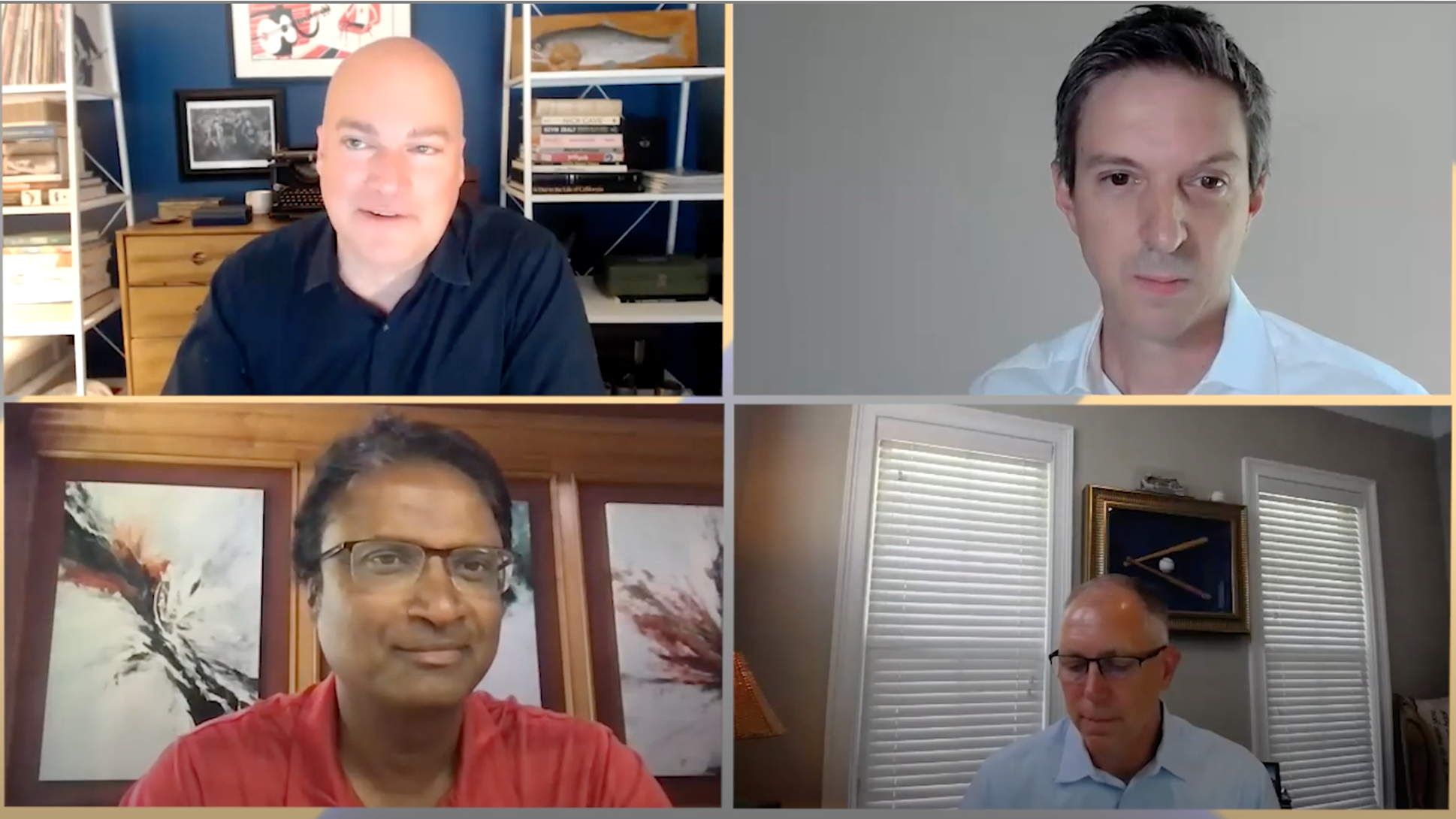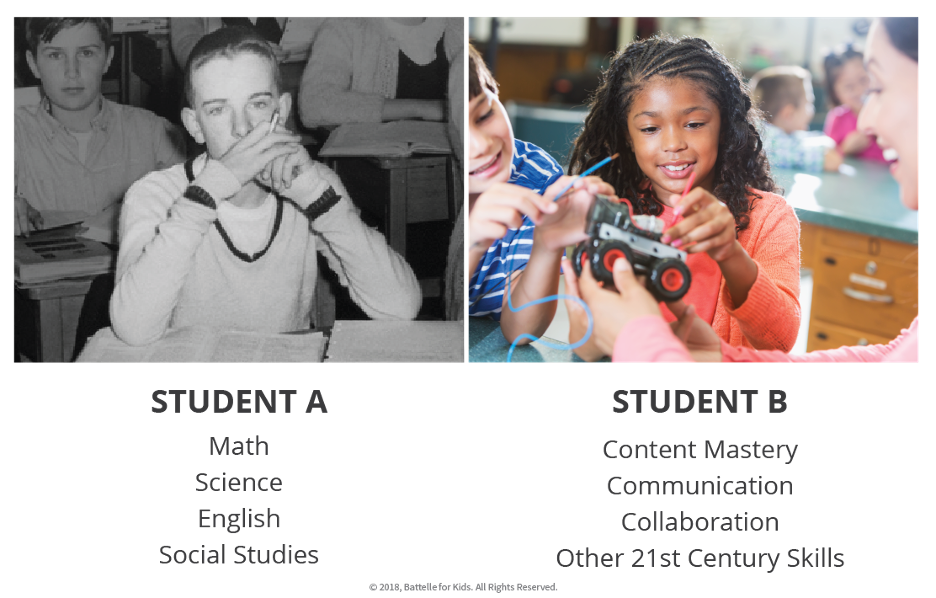In this session from Techonomy 2011 in Tuscon, Ariz., Jeffery Katzenberg, Co-Founder and CEO of DreamWorks Animation SKG, tells Techonomy’s David Kirkpatrick how new software that Dreamworks developed with Intel is revolutionizing the way his studio makes movies by enabling animation rendering in realtime. He says the software has the potential to change a number of industries, from design to oil.
Katzenberg: So just to put it into context, an expert animator can do about three seconds of animation in a week. So it’s a very, very intense process. The holy grail for us would be to actually have an artist to see their work as they’re doing it. If you actually think, it’s interesting, the analogy I give to this is Impressionist art. And I always ask—I’m sure many of you have done this before, you know, you go and look up close at a Monet painting and it looks like one thing, and then you step eight or ten feet back and suddenly it’s this remarkable image. And I always say, “How did they know that?” You know? And it’s a very simple answer. They walk back and forth. A lot.
Kirkpatrick: My wife’s a painter and that is really true. There’s like a path worn in the studio.
Katzenberg: Wow, that’s crazy. Well, we do that. So that was our dream was to get to a real time rendering, real time computing. And so in our partnership about two or three years ago with Intel, they actually showed us the roadmap for what they were doing in terms of their NexGen-Sandy Bridge and their future roadmap for their chip design and the output of these. And then this sort of notion, which I’m sure many of you are starting to deal with, which is scalable multi-core processing, in which you’re able to actually get almost unlimited power. The problem is software today doesn’t allow you to optimize any of this. So today it’s like having a 1000-horsepower engine in your car and driving 30 miles an hour.
Kirkpatrick: Because you can’t simultaneously access all the cores.
Katzenberg: Right. So we went into an R&D effort with Intel, which we funded together, which today is probably the most extensive, and certainly for sure the most expensive R&D effort going on in Hollywood in technology probably in a decade, if not ever. Many, many tens of millions of dollars we have both been investing in this. And what you were able to see at the studio is now the first products to reveal themselves in which we have gone back and re-written, re-engineered all of our software in order to now be able to get the full throughput. And the result of it is that our artists are now able to, as you saw, both animate and actually do their effects work and color work in real time.
Now, the implications of this are absolutely revolutionary. And trust me when I tell you, what’s revolutionary for us today is revolutionary for the rest of the world tomorrow. Any enterprise that uses high end rendering as any aspect of their business, so it doesn’t matter whether you’re in the oil business, whether you’re in the design business of aircraft or cars or any kind of serious engineering on that, whether its in medical imaging, the implications of this throughout enterprise are actually breathtaking. And I would say that today the prediction that the desktop is toast, which I would have said to you two years ago, a year ago, and now when you see the power that’s going to be brought to that desktop, and what it’s going to mean to industry, both in productivity and in terms of quality, because with next-gen computing I would say there’s probably a good chance that we could actually replicate and animate your shirt.
Kirkpatrick: I beg your pardon. Who said that?
Katzenberg: That shirt is just not possible today.
Kirkpatrick: Is that right? It really would be hard to do something like that?
Katzenberg: No, we could do that. But to take a fire-breathing dragon, send it underwater and have it shoot fire, I’m not sure we could do that today, but with next Gen we absolutely can.
Jeffrey Katzenberg on Achieving Real-time Rendering in Digital Animation
In this session from Techonomy 2011 in Tuscon, Ariz., Jeffery Katzenberg, Co-Founder and CEO of DreamWorks Animation SKG, details how new software that Dreamworks developed with Intel is revolutionizing the way his studio makes moves by allowing animation rendering in realtime. He says the software has the potential to change a number of industries, from design to oil.













